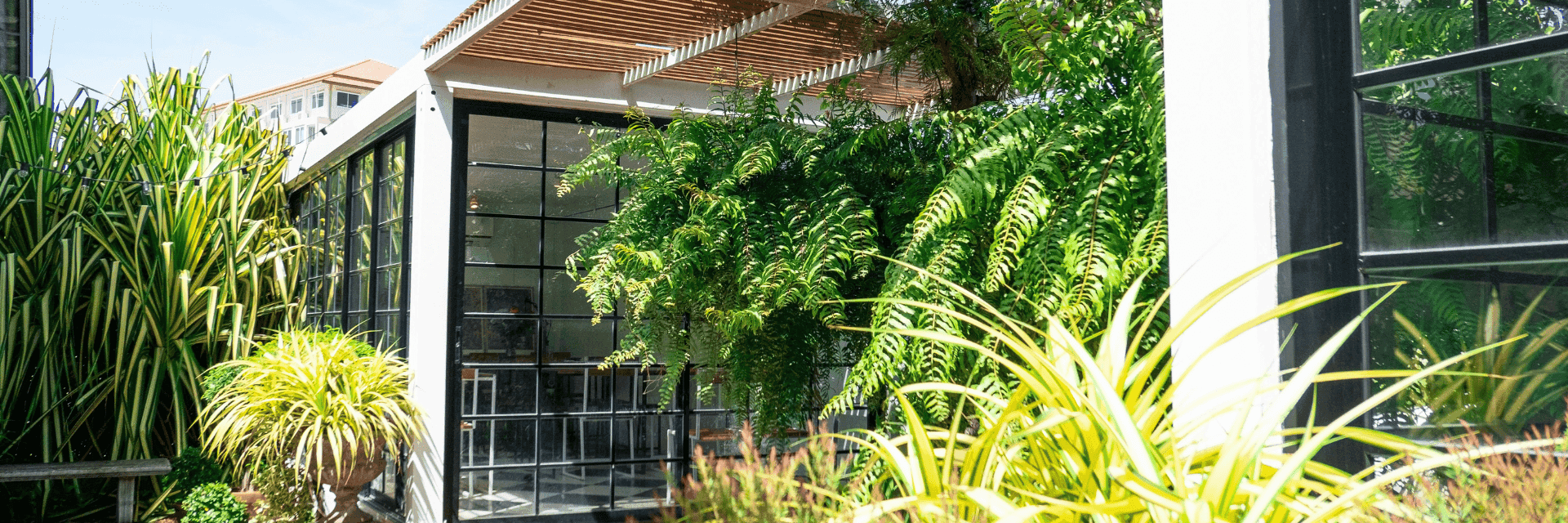
Termite Identification In Florida
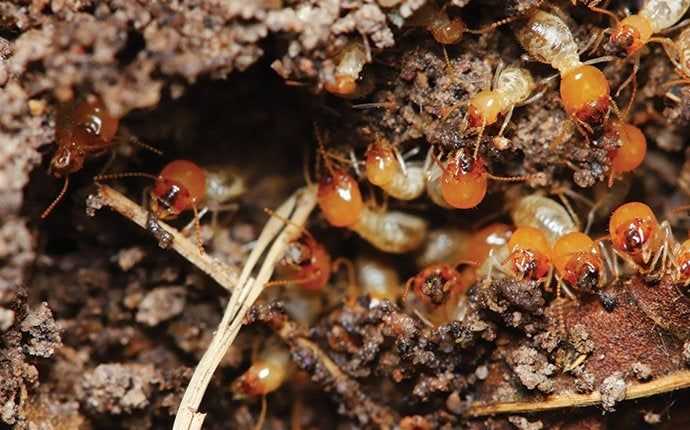
What Types Of Termites Are In South Florida?
Termites are wood-eating pests. They are one of the few organisms that can convert cellulose into usable sugars. Their feeding habits make them one of the most damaging pests living across the United States. These tiny insects are responsible for billions of dollars in property damage each year.
In South Florida, specifically in the Palm Beach, Broward, Miami Dade, Martin and St. Lucie County areas, there are upwards of ten different species of termites - and those are only the ones identified so far. There are three major classifications of termites in Florida. The most common type we see in area homes are drywood termites. The type of termite that does the most damage to area homes are subterranean termites.
What Are South Florida Drywood Termites?
Drywood termites (non-subterranean) most often invade wood previously exposed to moisture. During no tent treatments, we always treat exterior door frames and windowsills for this reason.
Frass - Drywood termites most commonly make themselves known by their droppings, called frass. Drywood termite frass varies in color - we have seen black, white, red, and orange frass in homes. Drywood termite frass is "ejected", or pushed, from the infested piece of wood they have colonized, so you'll usually find it on the floor or on a windowsill. If termites have colonized furniture in your home, you may discover frass underneath it.
Kicker Holes - The holes that drywood termites create in pieces of wood are called kicker holes. Our inspectors will look carefully for these holes in the wood throughout your home whenever we perform a termite inspection.
The more scattered the termite droppings that you find are, the higher up in the room the kicker hole and termite colony is likely to be. If you find a neat pile of frass, the kicker hole(s) will likely be at a lower height.
Drywood Termite Species In South Florida include the following native species:
- Florida drywood termite (Cryptotermes cavifrons)
- Drywood termite (Incisitermes snyderi)
- West Indian drywood termite (Crytotermes brevis)
- Western drywood termite (Incisitermes minor)
If you suspect that drywood termites have infested your home or business, we strongly urge you to get in touch with our team of termite control specialists. Once you contact us, we will schedule a free termite inspection as soon as the same day or the next day. We'll need to inspect your attic and the other vulnerable areas of your home, including door frames, windowsills, and baseboards.
What Are South Florida Dampwood Termites?
Dampwood termites most often live in trees. They require “damp” wood to survive, and will generally not target the wood within your home unless there are major leaks or other moisture issues. If you find damped termites on your property outside, this isn’t necessarily a cause for concern. Most likely these termites, even though they are larger than both drywood and subterranean termites, do not pose a risk to the wood in your home.
We recommend you contact us to schedule a free inspection so we can identify the species of termite found at which time we will provide advice on how to mitigate any potential risk of termite damage.
Dampwood termite species include the following native species:
What Are South Florida Subterranean Termites?
Subterranean termites are different from drywood and dampwood termites in that they will enter your home from the soil outside of it. They move inside through cracks in the foundation in pieces of wood connected to your home that are making direct control with the soil. Since subterranean termites come from the soil, the proper way to control and prevent them is to either treat or bait the exterior of your home.
Tenting Won't Stop Them - Many people are surprised to learn that tenting your home for termites will not do anything to prevent subterranean termites from entering it. Tent fumigation will likely kill the subterranean termites that are present in your home at the time of tenting, but they will be able to return from underneath the home as soon as the day the tent is removed since the fumigant has no residual.
Subterranean termites create mud tubes to travel between the ground and the wood within your home. They use these mud tubes to protect themselves from dehydration and from predators. Just because you do not see any mud tubes doesn’t mean that subterranean termites aren’t present.
Even if your home is concrete block or stucco, these termites will travel past those building materials to get to the wood in your attic, your wood floors, or the wooden studs within the walls of your home. We have regularly seen homes in our service area with the wooden studs in the walls completely destroyed as a result of subterranean termite activity.
Over time, the settling of a structure is normal and the concrete slab may develop tiny cracks. Cracks in the slab even a few millimeters wide will be enough for these termites to enter your home.
If a preventative soil treatment has not been applied or if bait stations are not installed on your property, subterranean termites may also enter your home. They move inside from the soil underneath the concrete slab where plumbing penetrations enter the slab. These areas of your home are especially vulnerable to subterranean termites since they are likely areas of higher moisture.
South Florida Subterranean Termite Native Species:
- Eastern subterranean termites (Reticulitermes spp.)
- Cuban subterranean termite (Prorhinotermes simplex)
South Florida Subterranean Termite Invasive Species:
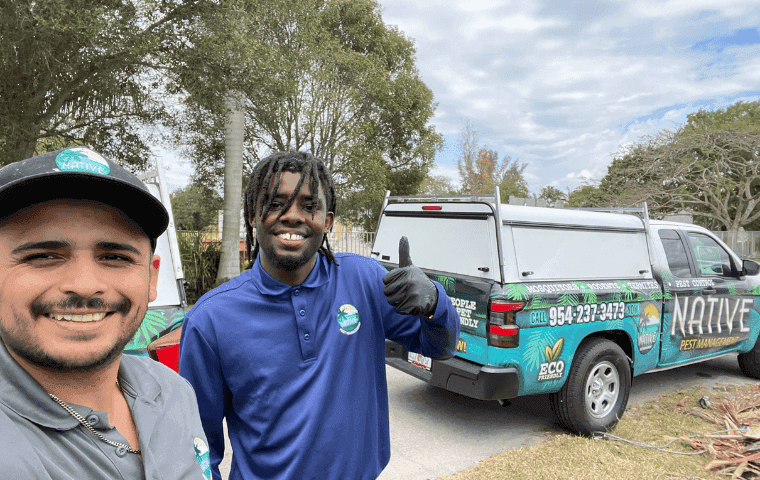
Are Formosan Termites (Subterranean) The Most Dangerous Termites?
Of the subterranean termite species that can be found in the Palm Beach and Broward County areas, the Formosan termite is by far the most damaging type of termite. Formosan termites are known as “super termites” in comparison to the nearly 2,000 other termite species, because of their ability to rapidly consume wood and cause massive damage. We have been told that a Formosan termite colony can consume over a pound of wood daily, so if you believe you may have an infestation it’s important to act fast to minimize wood damage.
Formosan termites are so dangerous compared to other types of subterranean termites because they can create aerial infestations. They build carton nests above the ground, often placing them on flat roofs. They create carton nests to have the option of nesting above the ground while still maintaining their high moisture needs.
Swarmers have been known to bypass traditional measures used against subterranean termites such as termiticide soil barriers and termite bait stations by starting colonies on roofs and attics. They are able to use the moisture in these areas to survive without needing contact with the soil surrounding your home.
Due to the presence of Formosan termites in South Florida, we recommend scheduling a free termite inspection even if you have not seen evidence of termites. An inspection will provide you peace of mind and allow our experienced termite inspectors to help you come up with preventative control measures.
Identification: Formosan termites vary in size, with smaller alates growing to 5/16 inch and larger termites sometimes reaching 1/2 inch in length.
Infestation, Treatment, & Prevention: In most cases, subterranean termite infestations are identified when a resident sees the swarmers (winged termites) inside. Swarmers are attracted to light and can often lose their wings - often leaving them behind near light fixtures or windowsills.
If you see swarmers, it is imperative that you contact your local termite control provider right away, because swarmers are reproductive termites. When termite swarmers or wings are found indoors, it usually means that the termite colony that produced them has been in your home for at least three to five years.
To protect your home from Formosan termites, contact us today to schedule a free termite inspection. We suggest that you have your property inspected for termite activity, termite damage, and conducive conditions at least once a year.
How Can I Prevent Termites In The Future?
Preventing problems with termites is difficult and the best step to take is to partner with our professionals at Native Pest Management. In conjunction with our professional termite control services, the following can help to deter termites from invading your South Florida property.
- Create a crushed rock barrier of at least 12-18 inches between the foundation and any soil or mulch.
- Moisture attracts termites. Eliminate areas of standing water near your home, fix leaky pipes and fixtures.
- Repair leaky air conditioning units that are causing water to pool around your home’s foundation.
- Don’t put off the task of cleaning gutters. Clogged gutters allow rainwater to build up and seep into your home’s to of and walls.
- Do not over-plant shrubbery and other landscaping near your home’s foundation. The sun hitting the soil around your foundation will help to keep it dry.
- Use exhaust fans in kitchens and bathrooms to limit excess moisture in your home.
- Repair any damage to your home’s foundation, exterior walls, or the roof that could allow termites inside.
- Inspect antique wooden furniture or other wooden items for signs of drywood termites before bringing into your home.
- Outside of your home, eliminate damp or rotting wood that could attract termites to your property. Leaf piles, wood mulch, fallen trees, and tree stumps should be removed.
So what are you waiting for? Contact us now so we can provide you with termite control and prevention today. Once you get in touch with us, we will schedule a free inspection as soon as the same day or the next day.
Helpful Articles
A Quick Way To Tell If Your West Palm Beach Home Has Termites
Answering West Palm Beach's Most Commonly Asked Termite Questions
The Best Way To Protect Your West Palm Beach Home From Termites
What Every West Palm Beach Boat Owner Needs To Know About Pest Protection
Six Easy-To-Spot Signs Of Termites Around Your West Palm Beach Property
What Not To Do About Termites Around Your West Palm Beach Property
What To Do About Termites Around Your West Palm Beach Property

Customer Reviews
Native Pest Management received an average rating of 5.0 out of 5 stars from 7314 reviews
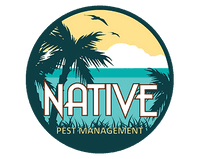
Request Your Free Quote
Complete the form below to request your free quote.
Recent Blog Articles
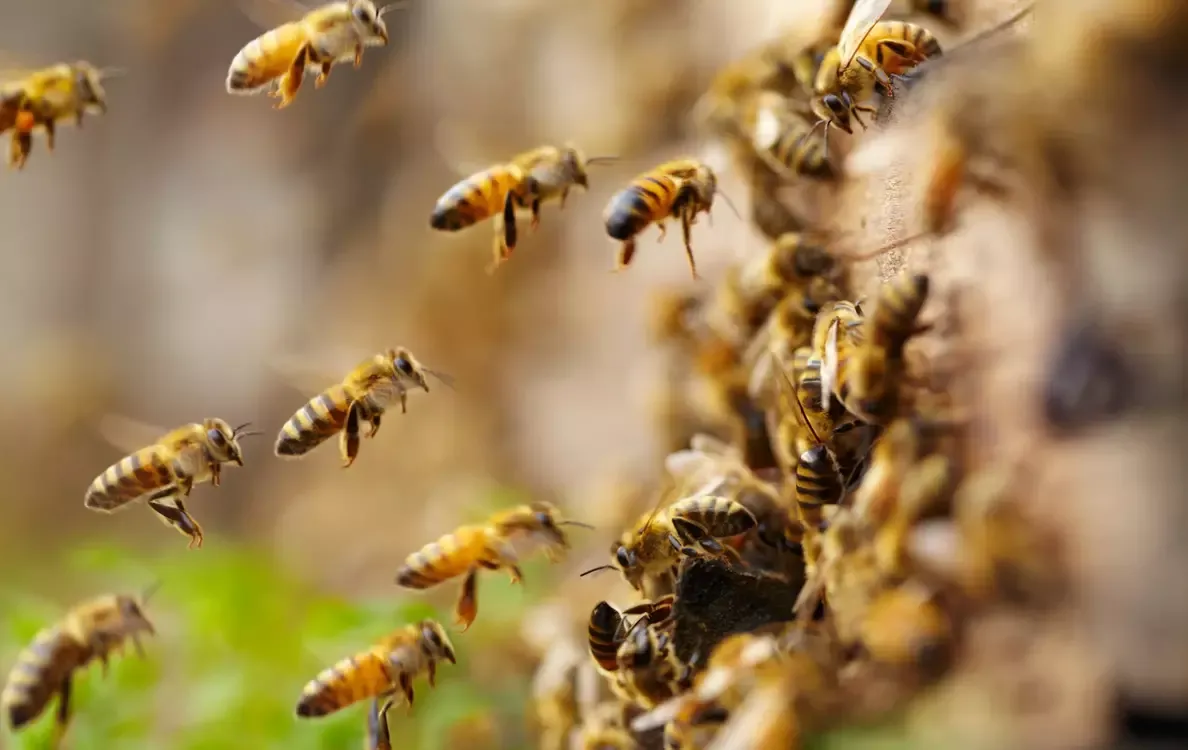
Do All Bees Sting in South Florida? Here’s What to Know
Discover which bees sting in South Florida. Stay informed to enjoy the outdoors without worrying about bee stings.
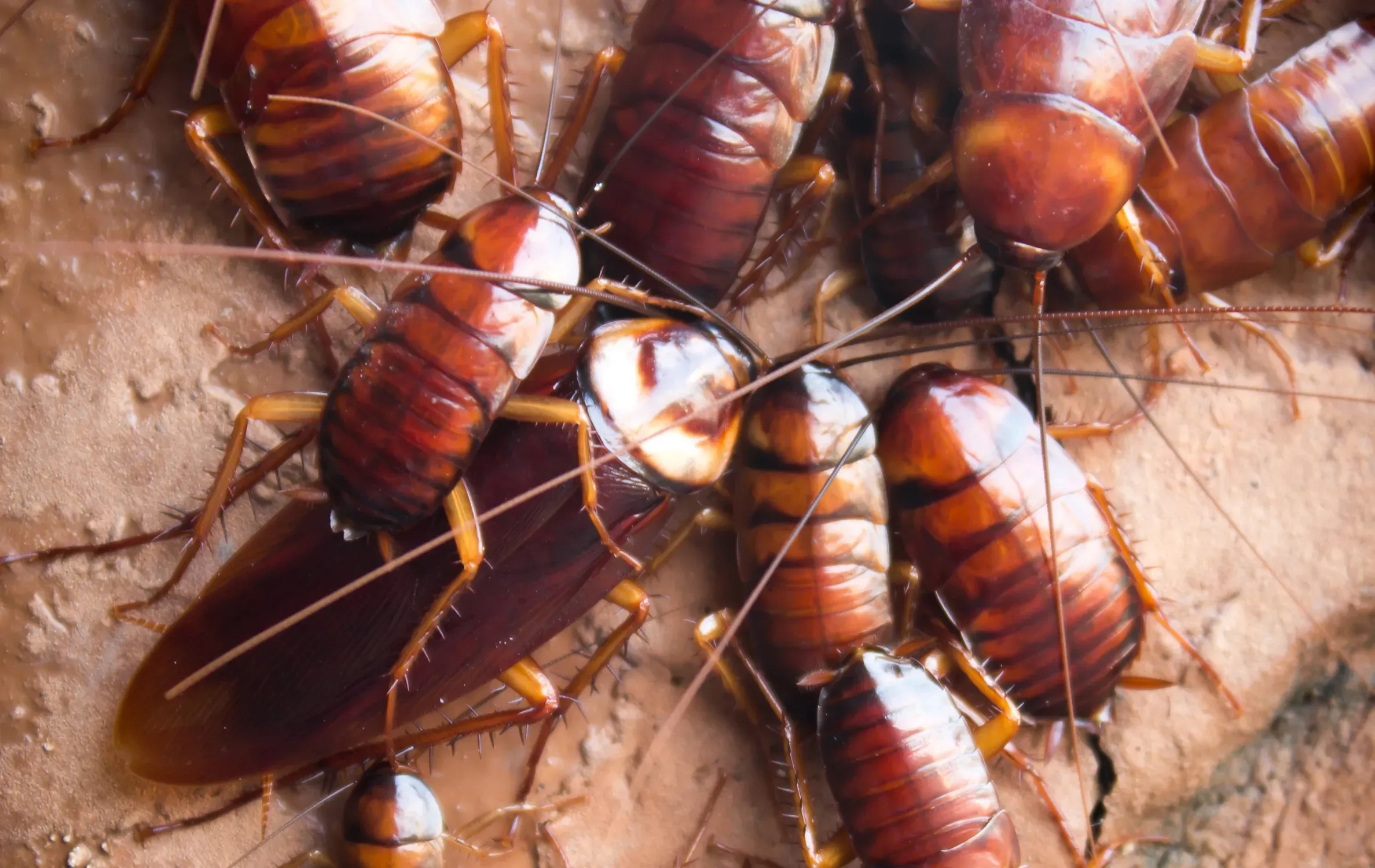
Cockroaches vs. Palmetto Bugs: What’s the Difference?
Discover the differences between cockroaches and palmetto bugs, and learn effective tips to identify and manage these common household pests.

















